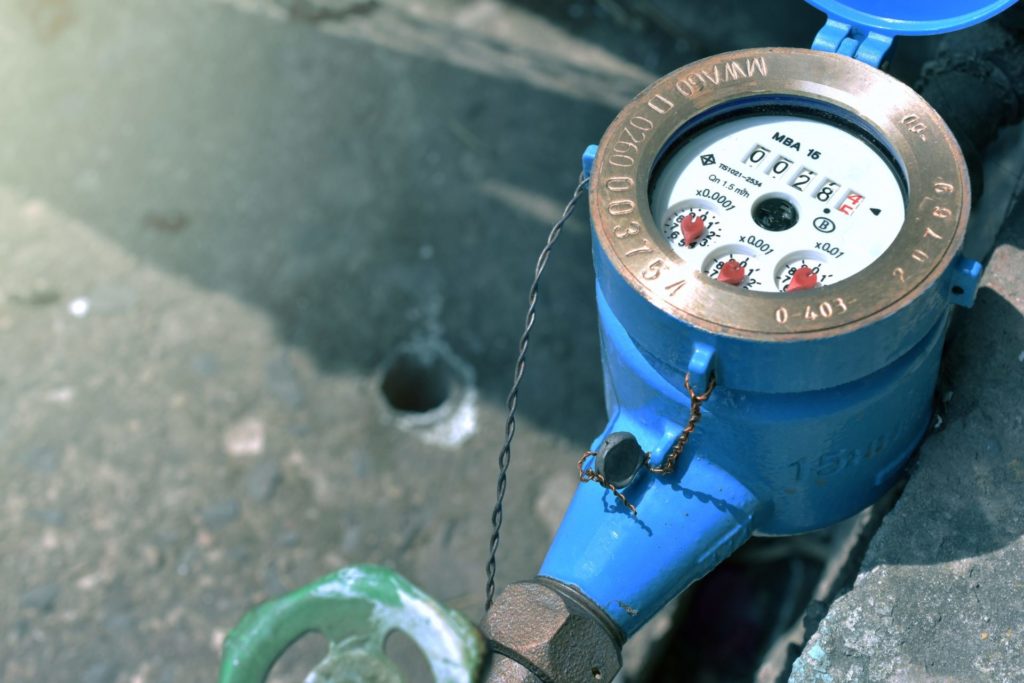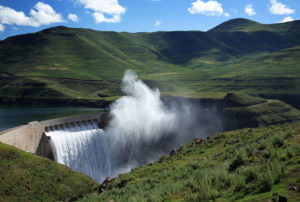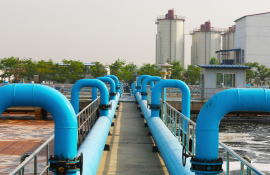- SIWI – Leading expert in water governance
- /
- Resource
- /
- Water Tariffing: What’s at stake?
Water Tariffing: What’s at stake?
The fastest pathway to long-term sustainability, even prosperity, of the water utilities sector is establishing good performance in the present-day. Good governance, and financial governance as part of this, is key to unlocking the water utility sector’s potential to become a sustainable and modern service industry.
 Close up water meter blue color in thailand.
Close up water meter blue color in thailand. Good governance, and financial governance as part of this, is key to unlocking the water utility sector’s potential to become a sustainable and modern service industry.
Lesson learned
Utilities need to improve their governance and specifically financial governance, since it is key to unlocking the potential to become a sustainable and modern service industry. Financial management as a critical component of utility management requires dedicated financial professionals applying modern financial systems in its long-term planning exercise. The operationalisation of the utilities’ finance functions including multi-year tariff plans and policies, billing and collection systems all are optimally integrated with the long-term asset management plans. Utility financial management needs should be strengthened due to its critical role in ensuring the long-term sustainable and affordable delivery of services.
Water is a long-term asset and should be managed as such, with a long-term management vision and strong regulation: the need for financial governance to be recognized as a priority is key because sustainable finance is the only way to have a sustainable service that is also inclusive. Without sustainability, policy objectives to provide water for all cannot be met. The core role of the public sector is to be able to make the right arbitrage/ decisions based on sound decision-making processes.
Summary
The World Economic Forum in collaboration with the Global Water Leaders Group have demonstrated that $217 billion a year is spent on water and wastewater utilities in low income countries, but inadequate access to water and sanitation inflicts losses of $384 billion on the global economy (2017). Put simply, remaining with the status quo of deteriorating water infrastructure is bad business. The question follows: how can water utilities in Sub-Saharan Africa plan to achieve this more efficient, less burdensome, financially healthy sector which will support the achievement of the Sustainable Development Goals (SDGs), particularly Goal 6, in a timely fashion? What’s at stake for appropriate water tariffing? The fastest pathway to long-term sustainability, even prosperity, of the water utilities sector is establishing good performance in the present-day. Good governance, and financial governance as part of this, is key to unlocking the water utility sector’s potential to become a sustainable and modern service industry.
The Africa-EU Water Partnership Project (AEWPP) is a joint undertaking by the European Union, the African Ministers Council on Water (AMCOW) and the Government of Sweden through Sida that aims to enhance the financial viability of water infrastructure projects in Africa by making more public and private capital accessible for water-related infrastructure projects and encouraging and supporting African governments to invest in water governance through capacity building. AEWPP is financed by the European Commission and project implementation is assigned to the Stockholm International Water Institute (SIWI).
Citation
This paper has been authored by Samantha Yates, Secretary General, Global Water Leaders Group together with SIWI’s AEWPP team including Andre Kruger, Elizabeth A. Yaari, Ziyanda Mpakama, Xanani Baloyi, Lydie Menouer and Anton Earle.





